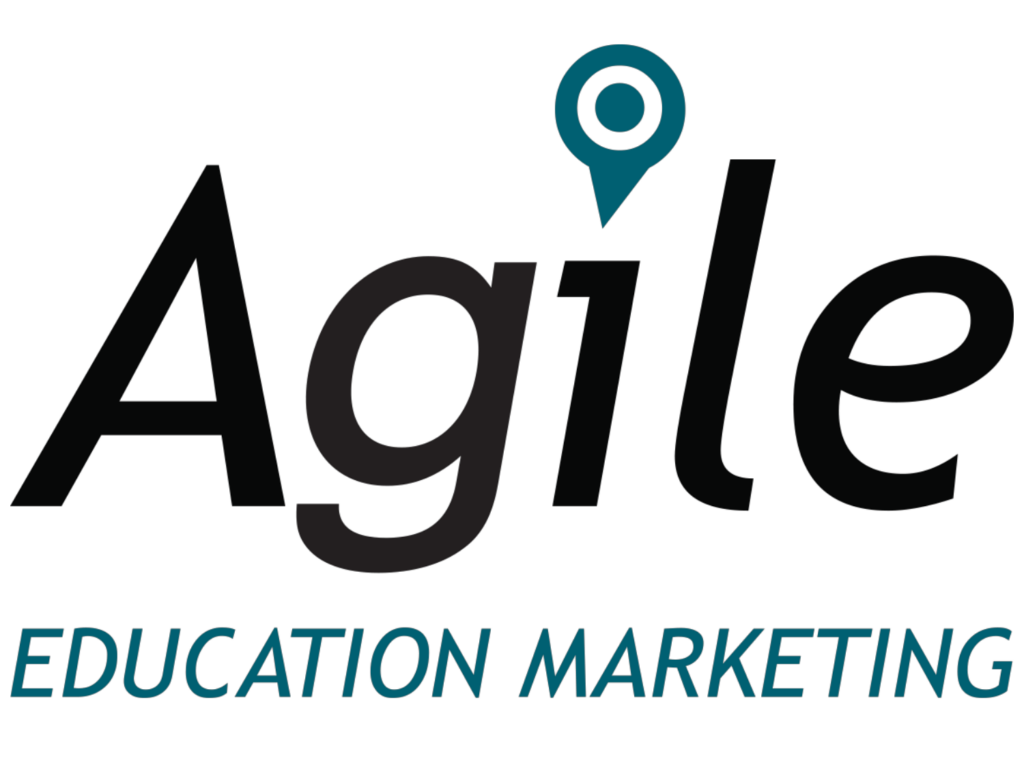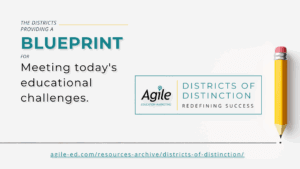That small example mirrors a much larger issue. When organizations rely on AI to shape or enrich data, those slight inaccuracies aren’t just cosmetic—they can ripple outward, affecting analytics, targeting, decision-making, and ultimately the integrity of entire datasets. What begins as a minor error in an automated process can expand into systemic misinformation if human teams don’t intervene.
Mike and Colton also discuss the security dimension of this problem. Large language models, when prompted certain ways, can unintentionally mimic internal logic structures or generate outputs that resemble real system behaviors. Even harmless prompts can surface patterns that, in the wrong context, create openings for exploitation. It’s not that AI is inherently unsafe—it’s that its outputs can be unexpectedly revealing when organizations don’t establish thoughtful safeguards.
This is why both leaders emphasize that human oversight isn’t merely recommended—it’s essential infrastructure. AI is incredibly powerful, but it has no inherent understanding of accuracy, compliance, or context. It can’t judge whether an answer is appropriate or risky. It only predicts what looks plausible. Without constant prompting, correction, and review, AI can drift quickly into producing results that appear polished but are fundamentally flawed.
For those working in education marketing, the risks are even higher. This is an industry where trust matters, data privacy is paramount, and precision directly affects outcomes. AI can absolutely accelerate workflows, surface insights faster, and reduce manual labor. But it must never be mistaken for a replacement for verified, human-grounded data. When teams hand decision-making over to unverified AI output, the cost isn’t just inefficiency—it’s damaged trust, misaligned strategy, and potential security exposure.
Ultimately, the takeaway from this micro-segment is straightforward: the goal isn’t to avoid AI, but to use it wisely. Treat it as a powerful assistant—one that needs clear guidance, consistent supervision, and strong boundaries. When paired with human expertise, AI enhances efficiency. When left unchecked, it quietly introduces errors that compound over time.
This short clip with Mike LeClare and Colton Meyers sets the stage for a broader conversation about responsible AI adoption, and why accuracy and security must remain central as organizations embrace automation.
Ready to boost your educational marketing strategy? Watch the full webinar to learn more about the promises, pitfalls, and best practices of AI in education marketing, or explore Agile’s education data insights to get started.



